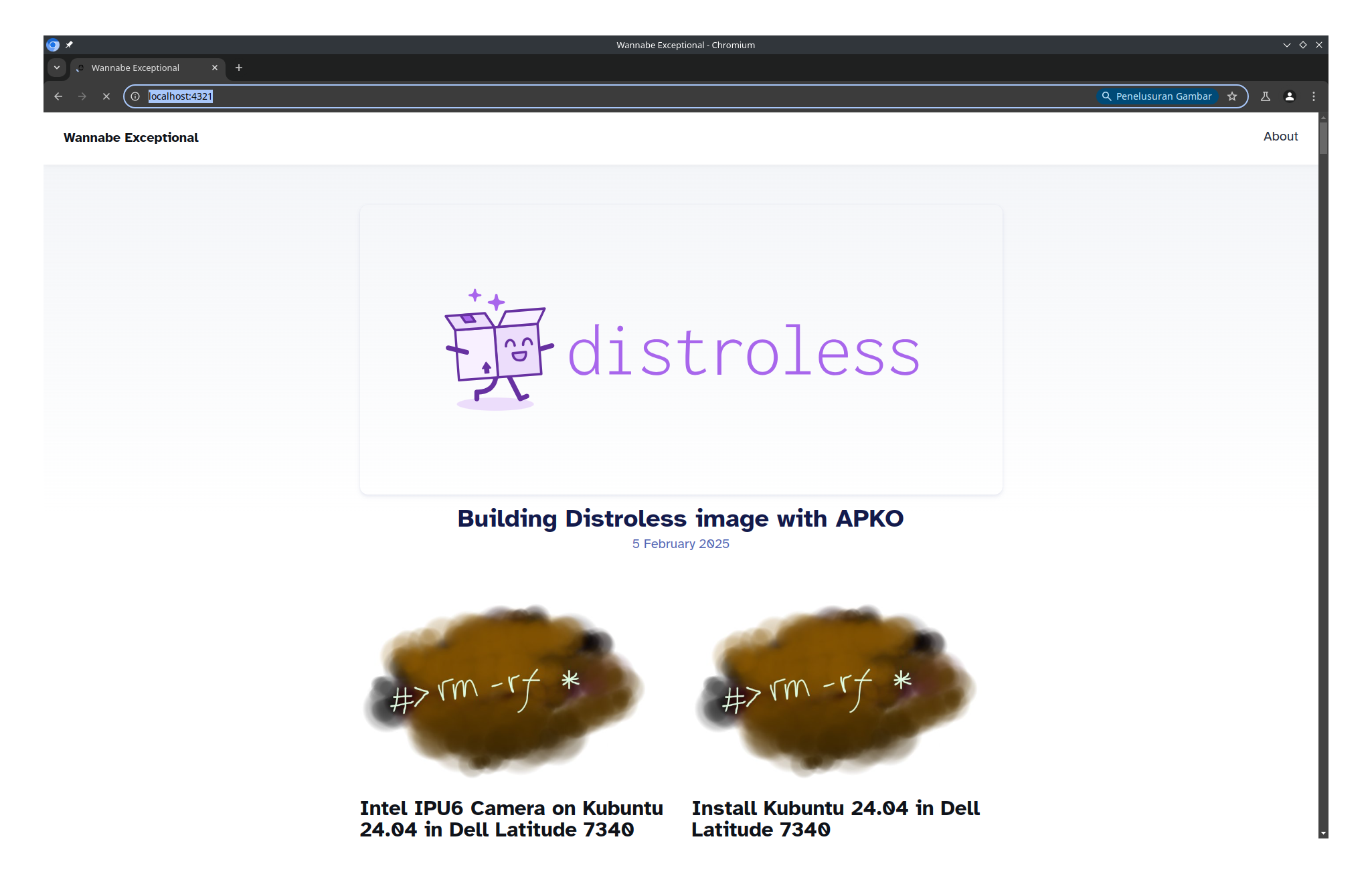TL;DR:
- Vibe Coding: Intuitive, rapid development using natural language prompts and AI interpretation
- Spec-Driven Development: Structured approach following detailed specifications and formal requirements
- AI Context: AI tools excel at both, but vibe coding leverages AI’s creativity while spec-driven ensures reliability
- Best Use: Vibe for exploration/prototyping; spec-driven for production/scaling
Vibe Coding vs Spec-Driven Development: AI-Powered Approaches in Modern Software Development
Reference video: "AI-Driven Development Techniques"
In the era of AI-powered coding tools, two distinct approaches have emerged: vibe coding and spec-driven development. These methodologies represent different philosophies for leveraging AI in software development, each with unique strengths and applications. Understanding when and how to use each approach can significantly impact development efficiency and code quality.
This guide explores both approaches in detail, providing clear definitions, practical examples, and guidance on choosing the right method for your projects.
What is Vibe Coding?
Vibe coding is an intuitive, conversational approach to software development that relies on natural language prompts and AI interpretation rather than formal specifications. Developers describe desired outcomes in everyday language, allowing AI tools to interpret intent and generate code based on patterns and best practices.
Characteristics of Vibe Coding
- Conversational Input: Uses natural language descriptions like “make this look modern” or “add a cool animation”
- Iterative Refinement: Builds through rapid feedback loops and incremental improvements
- AI-Driven Interpretation: Relies on AI to understand context and fill in implementation details
- Creative Exploration: Encourages experimentation and novel solutions
Advantages of Vibe Coding
- Rapid Prototyping: Quick to start without extensive planning
- Creative Freedom: AI can suggest innovative approaches beyond traditional patterns
- Reduced Overhead: Minimal documentation and specification requirements
- Accessibility: Easier for non-technical stakeholders to participate
Disadvantages of Vibe Coding
- Inconsistency: Code quality can vary based on AI interpretation
- Maintenance Challenges: Harder to debug and scale without clear specifications
- Risk of Errors: May miss edge cases or business logic requirements
- Team Coordination: Difficult to maintain consistency across team members
Practical Examples in AI Context
Example 1: UI Component Development
Prompt: “Create a sleek login form that feels premium and modern” AI Response: Generates React component with contemporary styling, animations, and validation Iteration: “Make the button more prominent and add a subtle glow effect”
Example 2: Feature Implementation
Prompt: “Add a search feature that feels smart and intuitive” AI Response: Implements autocomplete, fuzzy matching, and contextual suggestions Refinement: “It should handle typos gracefully and learn from user behavior”
What is Spec-Driven Development?
Spec-driven development follows a structured approach where code is built according to detailed specifications, requirements documents, and formal design artifacts. Every aspect of the implementation is explicitly defined before coding begins.
Characteristics of Spec-Driven Development
- Detailed Specifications: Comprehensive requirements with input/output definitions
- Formal Documentation: Clear acceptance criteria and test cases
- Predictable Outcomes: Consistent results based on predefined standards
- Validation Focus: Emphasis on meeting exact requirements
Advantages of Spec-Driven Development
- Reliability: Predictable and testable outcomes
- Scalability: Easier to maintain and extend with clear specifications
- Quality Assurance: Built-in validation through detailed requirements
- Team Alignment: Clear expectations for all stakeholders
Disadvantages of Spec-Driven Development
- Slower Start: Requires significant upfront planning and documentation
- Rigidity: Less adaptable to changing requirements or creative insights
- Overhead: Time-consuming specification process
- Creativity Constraints: May limit innovative solutions
Practical Examples in AI Context
Example 1: API Endpoint Implementation
Specification: “Create POST /api/users endpoint accepting JSON with fields: name (string, required), email (string, required, valid format), password (string, min 8 chars)” AI Response: Generates exact implementation matching specification with proper validation Testing: Automated tests verify all specified requirements
Example 2: Database Schema Design
Specification: “Design user table with relationships to posts and comments, including indexes and constraints” AI Response: Creates precise SQL schema with all specified relationships and optimizations
How Vibe Coding and Spec-Driven Development Work with AI Tools
AI Tools in Vibe Coding
AI tools like opencode excel in vibe coding by:
- Interpreting natural language prompts
- Generating code based on patterns and best practices
- Providing iterative refinement through conversation
- Suggesting creative solutions beyond traditional approaches
AI Tools in Spec-Driven Development
AI tools support spec-driven development by:
- Parsing detailed specifications
- Generating code that precisely matches requirements
- Creating comprehensive test suites
- Ensuring consistency with established patterns
Hybrid Approaches
Many projects benefit from combining both approaches:
- Vibe Phase: Use vibe coding for initial exploration and prototyping
- Spec Phase: Formalize successful concepts into detailed specifications
- Implementation: Use AI to generate production-ready code from specs
Choosing the Right Approach
Project Characteristics
- Exploration vs. Production: Vibe for discovery; spec-driven for delivery
- Requirements Stability: Spec-driven for stable requirements; vibe for evolving needs
- Team Experience: Spec-driven for junior teams; vibe for experienced developers
- Timeline Pressure: Vibe for rapid prototyping; spec-driven for long-term maintainability
AI Tool Integration
Real-World Applications
Vibe Coding Scenarios
- Startup MVPs: Rapid prototyping of new product ideas
- Design Exploration: Testing different UI/UX approaches
- Personal Projects: Quick implementation of ideas without formal planning
- Proof of Concepts: Demonstrating feasibility of novel features
Spec-Driven Scenarios
- Enterprise Applications: Large-scale systems requiring reliability
- Regulatory Compliance: Projects with strict requirements
- API Development: Services with defined contracts
- Team Collaboration: Projects involving multiple stakeholders
Best Practices for AI-Driven Development
Getting Started with Vibe Coding
- Clear Intent Communication: Use descriptive prompts that convey your vision
- Iterative Feedback: Provide specific feedback on AI-generated code
- Pattern Recognition: Learn from successful AI suggestions
- Quality Review: Always review and test AI-generated code
Implementing Spec-Driven Development
- Detailed Specifications: Invest time in comprehensive requirements
- AI-Assisted Generation: Use AI to accelerate implementation from specs
- Automated Testing: Generate tests alongside code
- Documentation Maintenance: Keep specs updated as requirements evolve
Hybrid Implementation
- Start with Vibe: Use for initial concept validation
- Transition to Specs: Formalize successful ideas
- Maintain Flexibility: Allow for specification updates
- Quality Gates: Implement review processes for both approaches
The Future of AI-Driven Development
Emerging Trends
- Enhanced AI Understanding: Better interpretation of complex requirements
- Automated Specification: AI tools that generate specs from natural language
- Intelligent Hybrids: Tools that seamlessly blend both approaches
- Context Awareness: AI that understands project history and preferences
Evolving Best Practices
- AI-Assisted Specification: Using AI to refine and validate requirements
- Conversational Specs: Natural language specifications that maintain precision
- Automated Quality Assurance: AI-driven testing and validation
- Personalized Development: AI adapting to individual developer preferences
Conclusion: Complementary Approaches for Modern Development
Vibe coding and spec-driven development are not opposing methodologies but complementary approaches that work together in AI-powered development environments. Each approach has distinct strengths that can be leveraged based on project needs, team dynamics, and development context.
- Vibe Coding excels in creative exploration and rapid prototyping
- Spec-Driven Development ensures reliability and maintainability
- AI Tools enhance both approaches, providing unprecedented development speed
The most effective development strategy often combines both methods: using vibe coding for innovation and exploration, then transitioning to spec-driven development for production implementation. By understanding these approaches and their AI tool integration, developers can choose the right method for each situation and maximize development efficiency.
Further Reading
AI Development Resources
- OpenCode Documentation - Comprehensive guide to AI-driven development
- GitHub Copilot - AI pair programming tools
- Cursor - AI-first code editor
Recommended Books
- “Clean Code” by Robert C. Martin - Essential principles for maintainable code
- “The Pragmatic Programmer” by Andrew Hunt and David Thomas - Practical development approaches
- “Refactoring” by Martin Fowler - Improving existing code design
Online Learning
- Coursera AI in Software Development - Comprehensive AI development courses
- edX Programming with AI - AI-assisted programming techniques
- Udacity AI Product Manager - Managing AI-driven development projects
For the latest trends in AI-driven development, consider joining communities like the OpenCode Discord or AI development forums.


